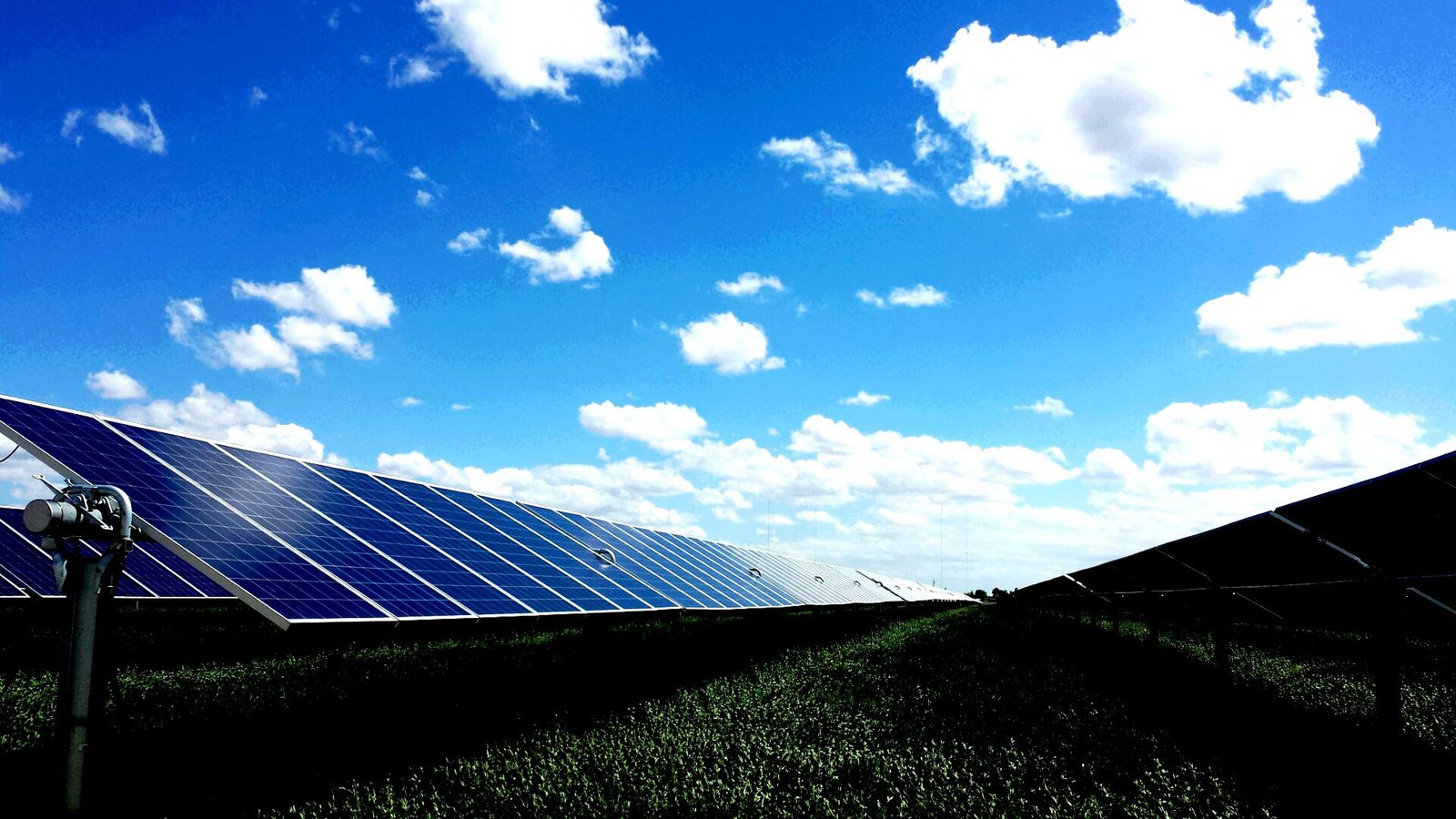Northwest Power Supply Should Be Adequate Through 2021
The region will need to add supply, but utilities are poised to acquire new capacity
- June 09, 2017
- Carol Winkel

The Pacific Northwest's power supply is expected to be adequate through 2020, although the region will need to add new capacity by 2021 to maintain an adequate supply. The amount of needed capacity can vary significantly depending on import availability and load growth but is estimated to be 400 megawatts. According to the Council's standard, the chance of having an energy shortfall can't be higher than 5 percent in order to be considered adequate.
The region expects to lose 1,457 megawatts of generating capacity by 2021 and an additional 352 megawatts by 2022 due almost entirely to coal plant retirements. Unfortunately, these losses are not entirely offset by implementing the Council's energy efficiency targets (1,570 average megawatts from 2017 - 2022) and energy savings from state and federal codes and standards.
Regional utilities are aware of this potential need and have identified over 1,200 megawatts of capacity resources in their integrated resource plans: 200 megawatts of demand response and over 500 megawatts of wind and solar capacity, which could be brought online by 2021, pending regulators' approval.
The Council reports on the adequacy of the region's power supply each year, looking ahead five years, to avoid shortfalls and update the modeling data for its regional power plan.



